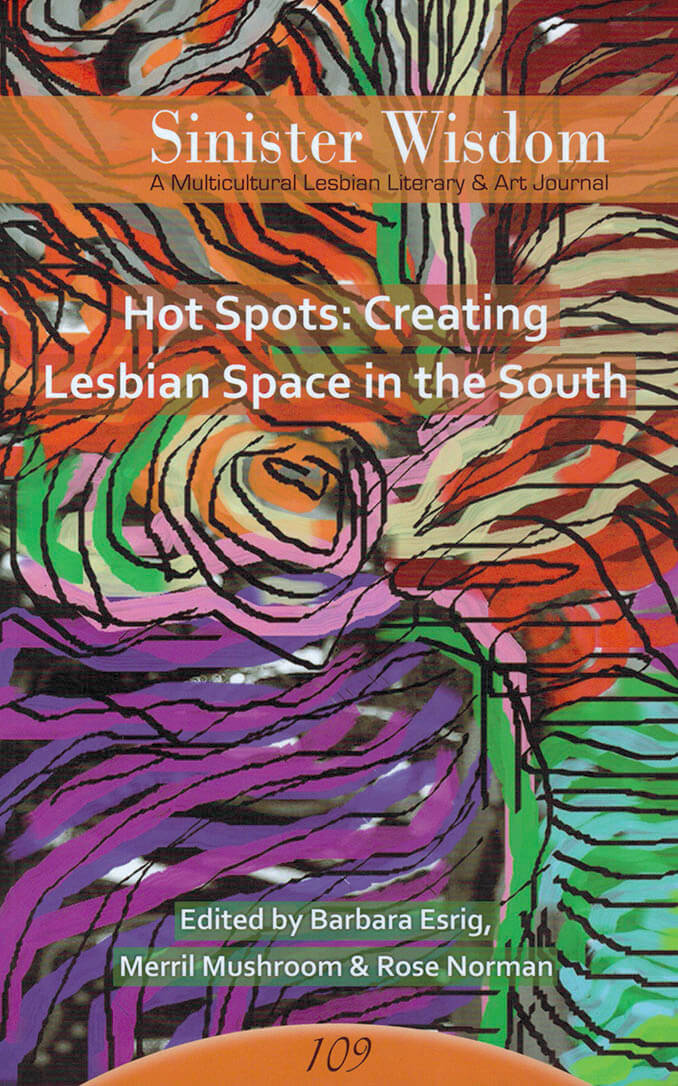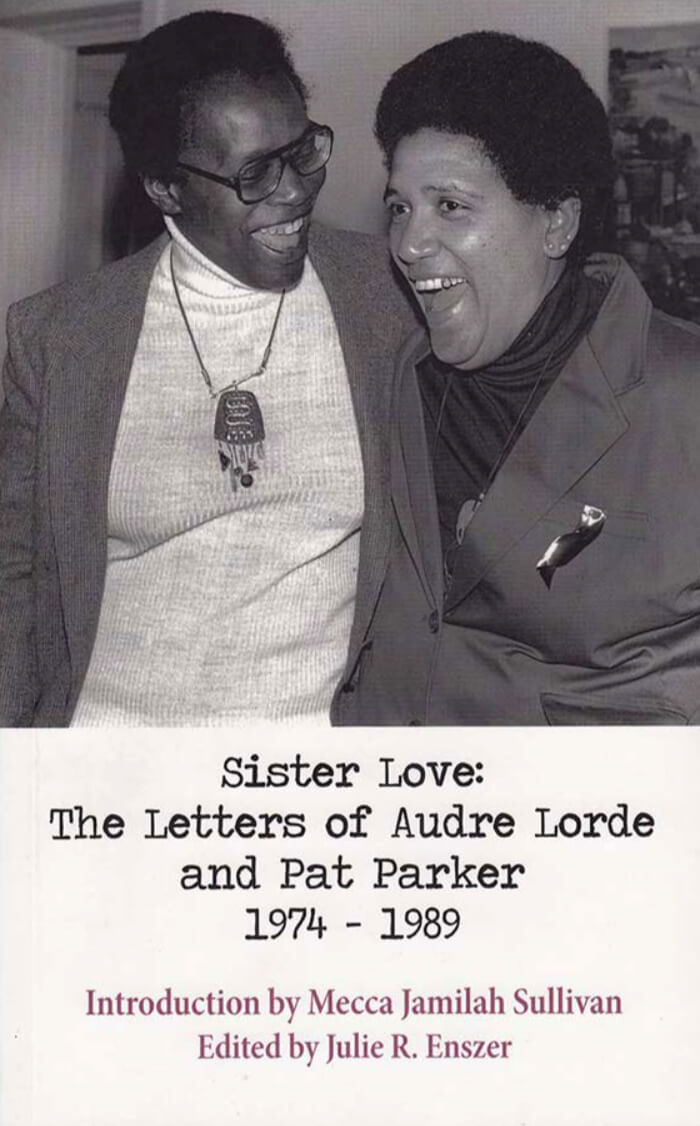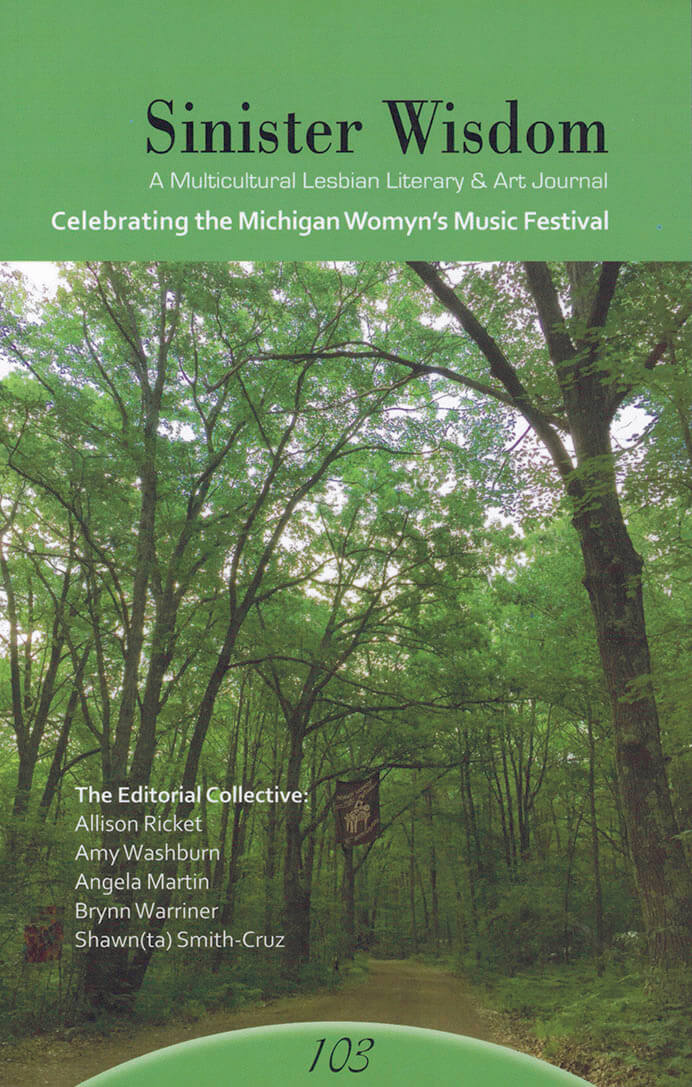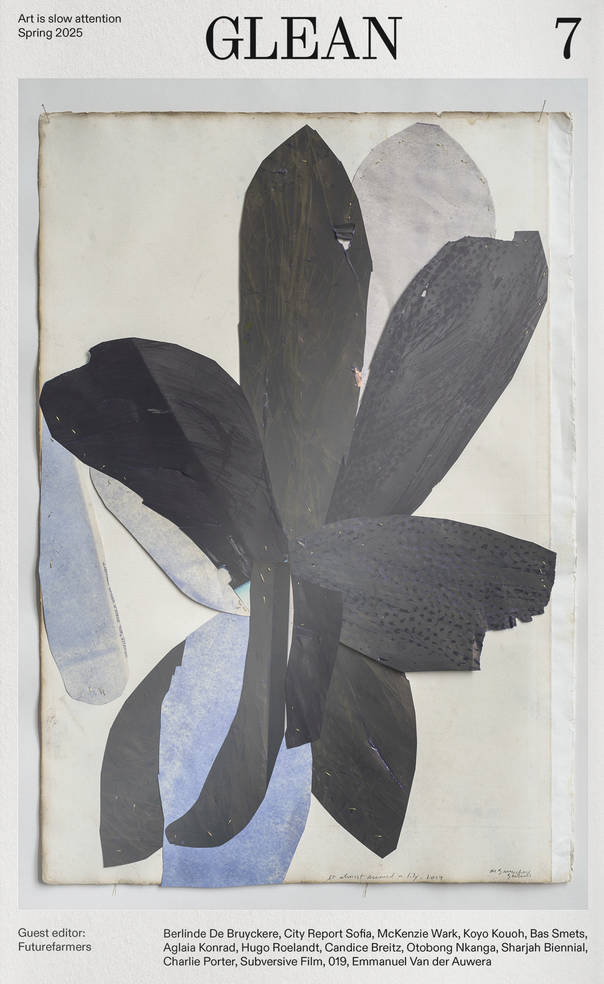
Hot Spots: Creating Lesbian Space in the South
Sinister Wisdom 109: Hot Spots explores the Southern spaces where lesbians gathered and organized during the past forty years. The ways that lesbians came together during the 1970s, 1980s, and 1990s were many and varied. There was no social media, no high-speed communication. Lesbians relied on the US Post Office, telephones, and face-to-face contact. Public advertising such as newspaper ads, flyers, and leaflets had to be done carefully and discreetly. Learning about events of the past gives templates by which to formulate and support activism in the present and future. Oppression, restriction, discrimination, and disempowerment can take many forms, some more insidious than others, and activism can be especially difficult when one is a member of a despised and criminalized minority. Sometimes, the most we can do is be ourselves and live the truth in our lives.
This issue of Sinister Wisdom, fourth in a series of special issues covering lesbian-feminist activism in the late twentieth-century South, focuses on lesbian gathering places and ways that lesbians created community while continuing activism.
Language: English







